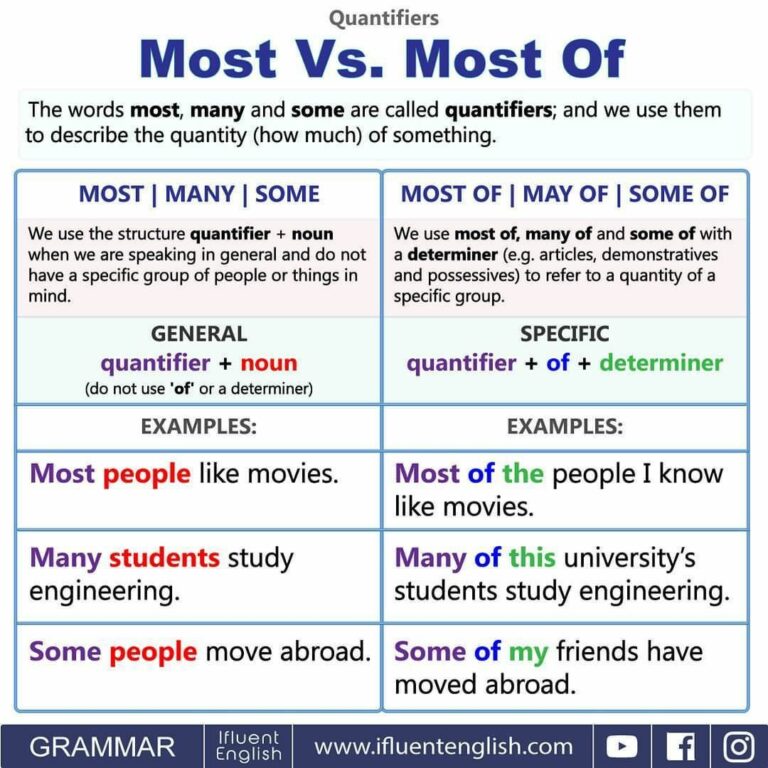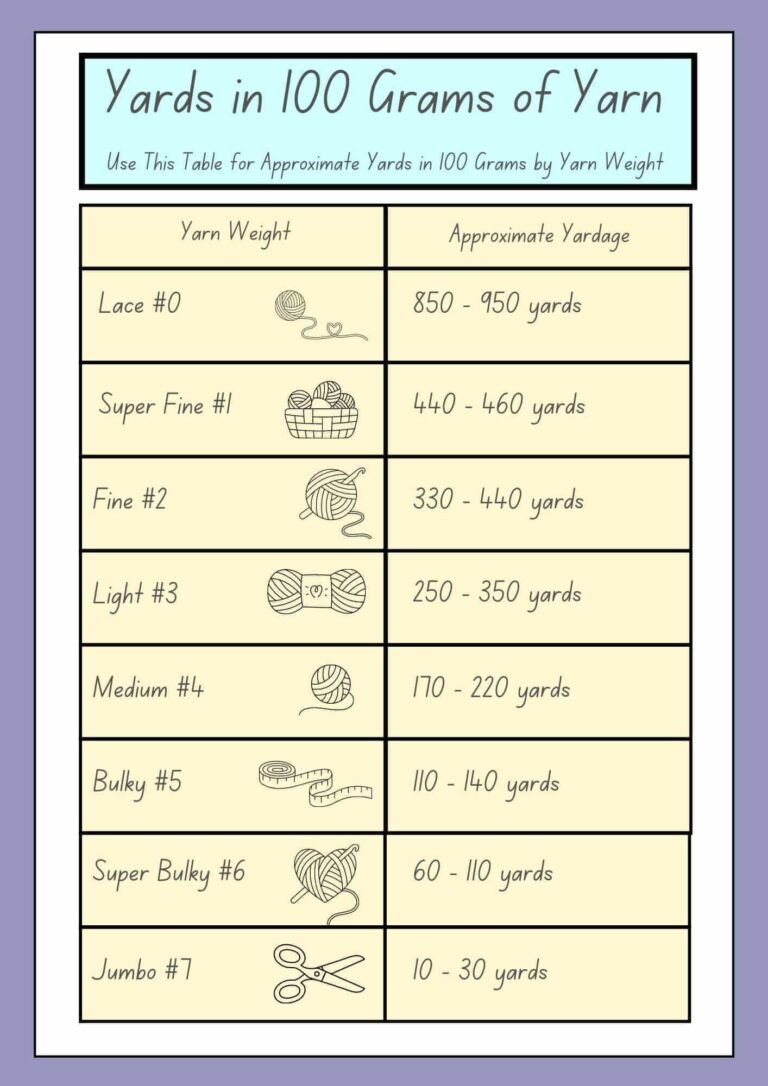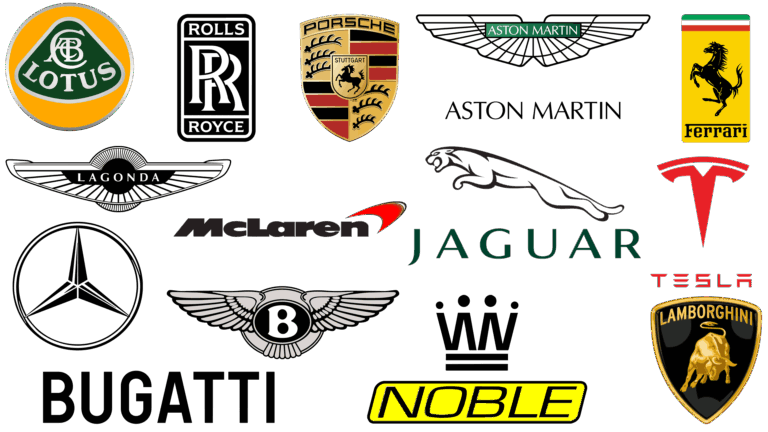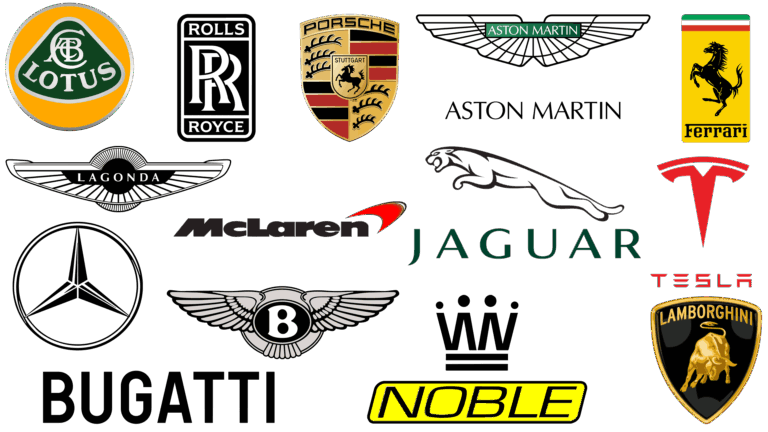Inexpensive Car Brands: Unlocking Value Without Compromising Quality
Inexpensive Car Brands: Unlocking Value Without Compromising Quality cars.truckstrend.com
In an automotive landscape often dominated by high-tech features, luxury badges, and ever-increasing price tags, the concept of "inexpensive car brands" stands as a beacon of practicality and smart financial planning. Far from being synonymous with "cheap" or "low-quality," these brands represent a strategic choice for millions of consumers worldwide. They offer reliable transportation, essential features, and often surprisingly competitive performance, all while keeping the total cost of ownership manageable. This comprehensive guide will delve into what defines inexpensive car brands, highlight the top contenders, explore the benefits of choosing them, and provide actionable advice to help you make an informed decision that perfectly balances your budget with your automotive needs.
Understanding "Inexpensive": More Than Just the Sticker Price
Inexpensive Car Brands: Unlocking Value Without Compromising Quality
When we talk about "inexpensive car brands," it’s crucial to look beyond just the initial purchase price. A truly inexpensive vehicle delivers value across its entire lifespan, encompassing what’s known as the Total Cost of Ownership (TCO). This includes:
- Initial Purchase Price (MSRP): The upfront cost of the vehicle.
- Fuel Efficiency: Lower fuel consumption directly translates to lower running costs.
- Insurance Premiums: Less expensive cars often have lower insurance rates due to their lower replacement cost and sometimes less powerful engines.
- Maintenance & Repairs: Availability of affordable parts and straightforward service procedures can significantly reduce long-term costs.
- Depreciation: While all cars depreciate, some inexpensive brands hold their value better than others, softening the financial blow when it’s time to sell.

The goal of an inexpensive car brand is to minimize TCO, providing a reliable and functional vehicle without burdening the owner with exorbitant ongoing expenses.
Top Contenders: A Closer Look at Value-Driven Brands
Several automotive brands have carved out a niche for themselves by consistently offering vehicles that deliver excellent value for money. They might not always lead in luxury or cutting-edge performance, but they excel in practicality, reliability, and affordability.
- Hyundai & Kia: Once considered budget brands, Hyundai and Kia have undergone a remarkable transformation. They now offer stylish designs, competitive features, impressive technology, and, crucially, some of the best warranties in the industry (e.g., 10-year/100,000-mile powertrain warranty). Models like the Hyundai Elantra, Venue, and Kona, or the Kia Forte, Rio, and Seltos, consistently deliver exceptional value, blending affordability with modern amenities and strong reliability ratings.
- Nissan: Nissan often provides a compelling blend of affordability and functionality. While some models might not boast the most luxurious interiors or cutting-edge infotainment, they offer reliable engines and comfortable rides. The Nissan Versa is frequently one of the cheapest new cars available, and models like the Sentra and Kicks also represent strong value propositions, especially for those prioritizing a no-frills, dependable commute.
- Mitsubishi: Though a smaller player in many markets, Mitsubishi has focused on offering affordable SUVs and crossovers with strong warranties. The Outlander Sport and Eclipse Cross are often available at competitive price points, providing utility and a decent feature set, often backed by a long warranty similar to Hyundai/Kia.
- Subaru (Entry-Level Models): While Subaru is known for its standard All-Wheel Drive (AWD) and strong resale value, which can push prices up, their entry-level models like the Impreza sedan and hatchback, or the Crosstrek, can be surprisingly competitive. They offer excellent safety features, legendary reliability, and the added benefit of AWD, making them a great value for those in diverse climates.
- Chevrolet & Ford (Select Models): American manufacturers also offer budget-friendly options, particularly in their smaller sedan and crossover segments. The Chevrolet Trax and Spark (if still available new in your region) or the Ford EcoSport (also phasing out but available used) have historically catered to the entry-level market, providing basic transportation at an accessible price point. Their focus is shifting more towards SUVs and trucks, but value can still be found.
- Honda & Toyota (Base Trims): While Honda and Toyota are renowned for their bulletproof reliability and strong resale values, which can sometimes lead to higher MSRPs, their base models are incredibly competitive. The Honda Civic LX, HR-V, or the Toyota Corolla LE, Yaris (where available), and C-HR offer the legendary dependability and low maintenance costs associated with these brands at an accessible entry point. Choosing a base trim of these brands often means sacrificing some bells and whistles but gaining unparalleled long-term reliability.
- Mazda (Entry-Level Models): Mazda has been moving slightly upscale, but their entry-level models like the Mazda3 and CX-30 still offer incredible value, especially considering their premium-feeling interiors and engaging driving dynamics. They often feel more expensive than they are, providing a blend of affordability and driving pleasure.

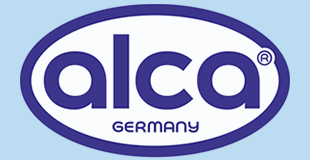
Benefits of Choosing an Inexpensive Car Brand
Opting for a vehicle from an inexpensive brand comes with a multitude of advantages:
- Lower Upfront Cost: The most obvious benefit is the reduced financial barrier to entry, making car ownership accessible to a wider range of budgets.
- Reduced Depreciation: While all new cars lose value rapidly in their first few years, the percentage loss on a less expensive car often translates to a smaller absolute dollar amount.
- Better Fuel Economy: Many inexpensive models are designed with efficiency in mind, featuring smaller, more economical engines.
- Lower Insurance Premiums: Insurance companies often charge less for vehicles that are cheaper to repair or replace, and less likely to be involved in high-speed incidents due to their typical usage patterns.
- Simpler Maintenance: Many budget-friendly cars are engineered with simplicity and ease of repair in mind, leading to lower labor costs and readily available, affordable parts.
- Ideal for Specific Needs: They are perfect for first-time buyers, students, those needing a secondary family vehicle, or anyone prioritizing utility and economy over luxury and performance.
Key Considerations When Buying an Inexpensive Car
While the benefits are clear, making a smart purchase requires careful consideration of several factors:
- Reliability and Durability: Research is paramount. Look at consumer reports, long-term reliability studies (e.g., J.D. Power, Consumer Reports), and owner reviews. A car might be cheap to buy, but expensive to own if it’s constantly breaking down.
- Safety Features: Modern inexpensive cars are packed with safety tech. Ensure the model you choose has essential features like multiple airbags, Anti-lock Braking System (ABS), Electronic Stability Control (ESC), and increasingly, advanced driver-assistance systems (ADAS) like automatic emergency braking or lane-keeping assist.
- Resale Value: Some inexpensive brands and models hold their value better than others. Toyota and Honda, for example, are renowned for their strong resale value, even their entry-level models.
- Warranty: Longer warranties (like those offered by Hyundai/Kia/Mitsubishi) provide significant peace of mind, covering major components for an extended period.
- Maintenance Costs and Parts Availability: Commonality of parts and ease of service can drastically impact long-term costs. Popular models from established brands usually have readily available and affordable parts.
- Features vs. Needs: Don’t get swayed by unnecessary features. Prioritize what you genuinely need (e.g., good AC, Bluetooth connectivity, safety tech) over "nice-to-haves" that inflate the price.
- Test Drive Thoroughly: Always test drive the car in various conditions to assess comfort, handling, engine performance, and cabin noise. A cheap car that’s uncomfortable or noisy will quickly become a nuisance.
Tips for Maximizing Value and Minimizing Cost
Even within the realm of inexpensive cars, there are strategies to get the most bang for your buck:
- Consider Buying Used: A 2-3 year old model from an inexpensive brand has already taken the steepest depreciation hit but still has plenty of life left. This can offer significant savings over buying new.
- Negotiate Effectively: Don’t be afraid to haggle, especially on new cars. Research average transaction prices and be prepared to walk away if the deal isn’t right.
- Explore Financing Options: Compare interest rates from different lenders (dealerships, banks, credit unions) to secure the lowest possible monthly payment and total loan cost.
- Opt for Base Trims: Base models often offer all the essential features without the added cost of premium packages or luxury add-ons.
- Look for Sales and Incentives: Manufacturers and dealerships often offer promotions, rebates, or low-interest financing, especially at the end of the month, quarter, or year, or when a new model year is being introduced.
- Regular Maintenance is Key: Adhering to the manufacturer’s recommended maintenance schedule will extend your car’s lifespan, prevent costly repairs down the line, and help maintain its resale value.
- Bundle Insurance: Inquire about discounts if you bundle your auto insurance with other policies (e.g., home, renters) with the same provider.
Potential Challenges and Solutions
While inexpensive cars offer undeniable advantages, there can be a few perceived challenges:
- Perception of Quality: Some consumers still associate lower prices with lower quality.
- Solution: Educate yourself. Modern manufacturing techniques and fierce competition mean that even budget cars are built to high standards of safety and reliability. Many inexpensive brands now offer better warranties and more standard features than ever before.
- Limited Features in Base Models: Entry-level trims might lack advanced infotainment systems, premium materials, or powerful engines.
- Solution: Prioritize your needs. If a specific feature is crucial, check if it’s available as an affordable option or in a slightly higher trim. For some features (e.g., better audio, navigation), aftermarket upgrades can be a cost-effective solution.
- Less "Brand Prestige": For some, the social status associated with a luxury brand might be a factor.
- Solution: Focus on practical benefits. Embrace the smart financial decision. The money saved can be put towards other life goals, and the reliability of an inexpensive car often outweighs any perceived lack of prestige.
- Rapid Depreciation (for some models/brands): While generally less severe in dollar terms, some less popular inexpensive models can depreciate quickly.
- Solution: Research resale values before buying. If concerned, consider models from brands known for strong resale, or plan to keep the car for a longer period to mitigate the impact of initial depreciation. Buying slightly used can also circumvent this issue.
Inexpensive Car Brands: Estimated Price Table (New Entry-Level Models)
| Brand | Typical Entry-Level Model | Estimated Starting MSRP Range (USD) | Key Characteristics/Selling Points |
|---|---|---|---|
| Hyundai | Venue, Elantra, Kona | $19,000 – $24,000 | Excellent warranty, modern design, good features for the price. |
| Kia | Rio, Forte, Seltos | $18,000 – $24,000 | Strong warranty, stylish interiors, user-friendly tech. |
| Nissan | Versa, Sentra, Kicks | $17,000 – $23,000 | One of the lowest starting prices, reliable, good fuel economy. |
| Mitsubishi | Outlander Sport, Mirage | $17,000 – $23,000 | Long warranty, focus on utility, often good incentives. |
| Subaru | Impreza, Crosstrek | $24,000 – $27,000 | Standard AWD, high safety ratings, strong reliability (higher starting price for AWD). |
| Chevrolet | Trax, Spark (if available) | $22,000 – $24,000 | Practical, often good incentives, straightforward ownership. |
| Ford | Maverick (base), EcoSport (used) | $24,000 (Maverick) | Value-oriented small truck (Maverick), practical subcompact SUV. |
| Honda | Civic LX, HR-V | $25,000 – $27,000 | Legendary reliability, strong resale, efficient, refined drive. |
| Toyota | Corolla, Corolla Cross, Yaris (used) | $23,000 – $26,000 | Unmatched reliability, low maintenance, strong resale value. |
| Mazda | Mazda3, CX-30 | $24,000 – $27,000 | Premium feel, engaging driving dynamics, refined interiors. |
Note: Prices are estimated MSRPs for new base models and can vary significantly based on trim level, options, location, incentives, and market conditions. Fuel efficiency and exact features vary by specific model and year.
Frequently Asked Questions (FAQ)
Q1: Are inexpensive cars reliable?
A1: Absolutely. Many inexpensive car brands, especially those from Asian manufacturers like Toyota, Honda, Hyundai, and Kia, consistently rank high in reliability studies. Their focus on core functionality and well-tested components often translates to dependable performance and lower repair costs over time.
Q2: Do inexpensive cars have good safety features?
A2: Yes. Due to stringent government regulations and increasing consumer demand, even entry-level cars today come standard with a robust suite of safety features, including multiple airbags, ABS, stability control, and often advanced driver-assistance systems (ADAS) like automatic emergency braking.
Q3: What’s the best inexpensive car for a new driver?
A3: For new drivers, models like the Toyota Corolla, Honda Civic, Hyundai Elantra, Kia Forte, or Nissan Sentra are excellent choices. They are known for their reliability, ease of driving, good safety ratings, and relatively low insurance costs.
Q4: How much should I expect to pay for insurance on an inexpensive car?
A4: Insurance costs vary widely based on your location, age, driving record, and the specific model. However, inexpensive cars generally have lower insurance premiums compared to luxury or high-performance vehicles because they are less expensive to repair or replace and are statistically less likely to be stolen or involved in severe accidents.
Q5: Do inexpensive cars hold their value?
A5: Some do better than others. Brands like Toyota and Honda are renowned for excellent resale values across their entire lineup, including their entry-level models. Hyundai and Kia have also significantly improved their resale values. Less popular models from other brands might depreciate more quickly.
Q6: Is it better to buy a new or used inexpensive car?
A6: Both have merits. Buying new offers a full warranty and the latest features. Buying a used inexpensive car (especially 2-3 years old) allows you to avoid the steepest depreciation hit, often getting a well-maintained vehicle at a significantly lower price point. Your budget and priorities will dictate the best choice.
Conclusion
The market for inexpensive car brands is vibrant and diverse, offering compelling options for a wide array of drivers. These vehicles prove that affordability doesn’t have to mean compromising on essential quality, safety, or reliability. By understanding the true definition of "inexpensive" (considering TCO), researching diligently, and applying smart buying strategies, consumers can unlock incredible value. Choosing an inexpensive car brand is not just about saving money; it’s about making a financially intelligent decision that provides dependable transportation and peace of mind for years to come.

